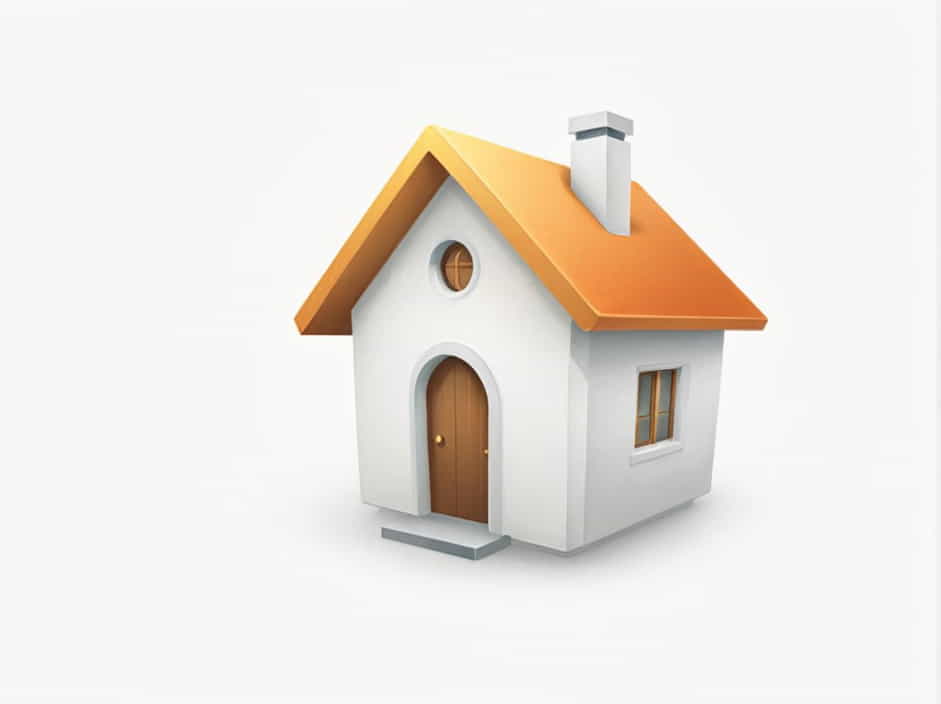Underpinning a house is a structural reinforcement method used to strengthen and stabilize the foundation. It is often required when the existing foundation becomes weak due to soil movement, poor construction, or environmental changes.
Ignoring foundation issues can lead to cracks in walls, uneven floors, and structural instability, making underpinning an essential solution for ensuring the safety and longevity of a building.
This topic explores why underpinning is necessary, signs that indicate a foundation problem, different underpinning methods, and the benefits of reinforcing your home’s foundation.
What Is Underpinning?
Underpinning is a construction technique used to strengthen an existing foundation by extending its depth or improving its load-bearing capacity. This process involves adding new materials, deepening the foundation, or transferring the load to more stable soil.
The goal of underpinning is to prevent further structural damage and ensure that the foundation can support the weight of the house for years to come.
Why Would a House Need Underpinning?
There are several reasons why underpinning might be necessary, ranging from soil conditions to structural modifications.
1. Foundation Settlement or Movement
Soil beneath a home can shift due to natural or external factors, causing the foundation to settle unevenly. This movement can lead to cracks in walls, sloping floors, and misaligned doors or windows.
Causes of Foundation Settlement:
- Soil shrinkage during dry seasons.
- Excess moisture causing soil expansion.
- Poor soil compaction during construction.
- Tree roots absorbing moisture, leading to soil contraction.
2. Weak or Inadequate Original Foundation
If a house was built with a shallow or poorly designed foundation, it might not be strong enough to support the structure over time. This is common in older homes where construction standards were different from today’s building codes.
Underpinning helps reinforce the foundation to meet modern safety and stability requirements.
3. Structural Damage from Nearby Construction
Heavy machinery, deep excavations, or vibrations from nearby construction projects can weaken the foundation of an existing home. If structural integrity is compromised, underpinning can restore stability and prevent further damage.
4. Soil Erosion or Ground Instability
Water drainage problems, flooding, or erosion caused by poor landscaping, plumbing leaks, or weather changes can wash away the supporting soil under a home’s foundation.
Underpinning can help by deepening the foundation to reach stable ground, preventing further sinking or tilting.
5. Adding Extra Floors or Heavy Loads
If homeowners plan to add additional floors, renovate, or install heavy structures like swimming pools, underpinning may be required to ensure the existing foundation can support the extra weight.
Without proper reinforcement, the additional load could cause cracks, sinking, or even structural failure.
Signs That a House Needs Underpinning
1. Cracks in Walls or Floors
Visible cracks, especially diagonal cracks on walls, ceilings, or floors, are a major sign of foundation movement. If these cracks widen over time, underpinning may be necessary.
2. Uneven or Sloping Floors
Floors that tilt, sag, or feel bouncy could indicate foundation issues. A shifting foundation can cause floors to sink unevenly, requiring reinforcement.
3. Doors and Windows Sticking or Misaligned
If doors and windows become difficult to open or close, or if gaps form around frames, it may be due to foundation movement causing the structure to shift.
4. Gaps Between Walls and Ceiling
A growing gap between the wall and ceiling or skirting boards is another sign that the foundation may be settling or shifting unevenly.
5. Visible Foundation Movement
If parts of the foundation appear lower than others, or there is separation between the foundation and the structure, underpinning may be required to prevent further sinking.
Types of Underpinning Methods
1. Mass Concrete Underpinning (Traditional Method)
This method involves excavating sections beneath the foundation and filling them with concrete. It’s a simple and cost-effective solution for foundations that need increased depth and strength.
Best for: Older buildings with shallow foundations.
2. Piled Underpinning
Piles (concrete or steel columns) are driven deep into the ground to transfer the load of the structure to stable soil layers. This method is used when the upper layers of soil are weak.
Best for: Large buildings, homes on unstable soil, or areas with high water tables.
3. Beam and Base Underpinning
This involves installing a reinforced concrete beam beneath the foundation, which distributes the load to stronger ground.
Best for: Homes needing structural reinforcement without major excavation.
4. Resin Injection Underpinning
Expanding resin is injected into the ground to fill voids and compact loose soil, improving the foundation’s stability without excavation.
Best for: Minor foundation issues or when traditional underpinning is not feasible.
Benefits of Underpinning a House
1. Restores Structural Integrity
Underpinning stabilizes the foundation, preventing further movement and damage to the structure.
2. Increases Property Value
A strong, well-maintained foundation increases the market value of a home, making it more attractive to buyers.
3. Prevents Costly Future Repairs
Addressing foundation issues early prevents expensive structural repairs in the future.
4. Allows for Home Extensions
Underpinning strengthens the foundation to support additional floors or heavy renovations.
5. Improves Safety
A stable foundation reduces the risk of collapsing walls, uneven flooring, and other structural hazards.
How Much Does Underpinning Cost?
The cost of underpinning depends on factors such as the extent of foundation damage, soil conditions, and the chosen underpinning method. On average, underpinning costs between $1,000 and $3,000 per square meter, but prices vary based on location and project complexity.
Underpinning a house is essential when the foundation becomes unstable, weak, or unable to support additional weight. Whether caused by soil movement, structural damage, or new construction, underpinning provides a reliable solution to restore strength and stability.
By recognizing the warning signs early and choosing the right underpinning method, homeowners can protect their investment, ensure safety, and increase property value for years to come.
